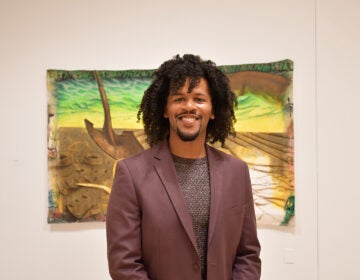After 50 Brutalist years, the Annenberg Center plans to stretch out, open up
After 50 years, the University of Pennsylvania’s Brutalist-style performing arts center will build a new performance space full of light and air.
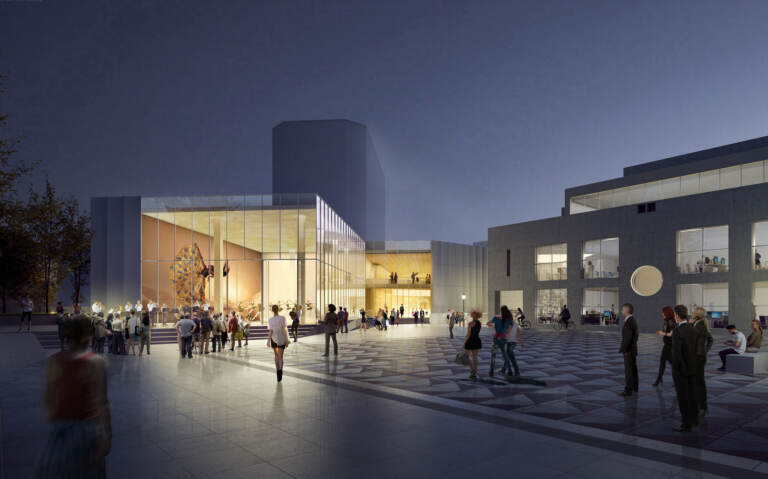
The exterior of the glassed-in Weitzman theater and campus gateway that will be part of the Penn Live Arts expansion are shown in a representative architectural rendering, which is subject to change. (Provided by Penn Live Arts)
For the first time in its 51-year history, Penn Live Arts plans to expand the Annenberg Center for the Performing Arts at the University of Pennsylvania, adding a new performance space to the campus.
Built in 1971, the Annenberg is the home of the campus arts presenting organization that renamed itself Penn Live Arts last year. It now plans to expand the footprint of its building, turning its adjacent Annenberg Plaza into a 3,100-square-foot theater.
The $20- to $25-million project, expected to begin in 2025, will be a flexible performance space, allowing artists to reconfigure the interior to the needs of their productions. Much of the new theater will be made of glass and can be converted into an open-air space, in contrast to the Brutalist brick and concrete facade of the original Annenberg building.
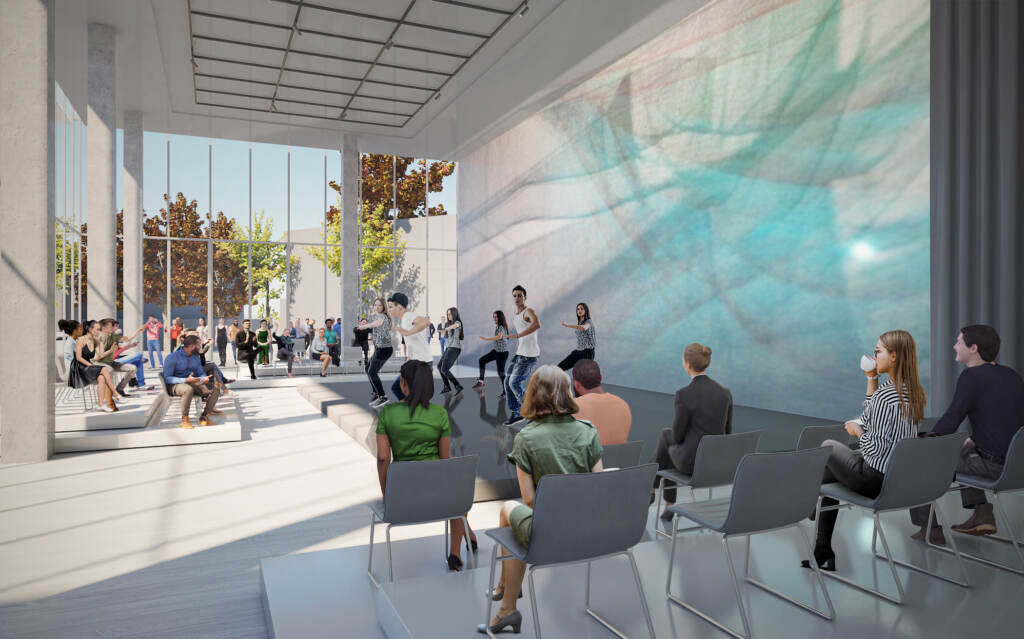
“It’s a real time capsule from 1971. It’s a wonderful, Brutalist architectural example of when Penn was designing in a very different way,” said Executive and Artistic Director Christopher Gruits. “The university was very inward-focused at that time. If you look at that section of Walnut Street, there’s almost like a solid wall of brick for several blocks.”
“As we move through these phases of renovating the building, so much is going to be predicated on opening up the building to the campus, to the community. Really making it a lot brighter, a lot airier,” he said.
The new theater will be able to seat 300-350 people, and be named the Stuart Weitzman Theater, after the 1963 Wharton School graduate who became a successful designer and manufacturer of shoes.
The Weitzman Theater will be the fourth performance space at the Annenberg Center. As part of the building renovation, the smaller Bruce Montgomery Theater, with about 100 seats inside the main building, will be transformed into a state of the art film screening room.
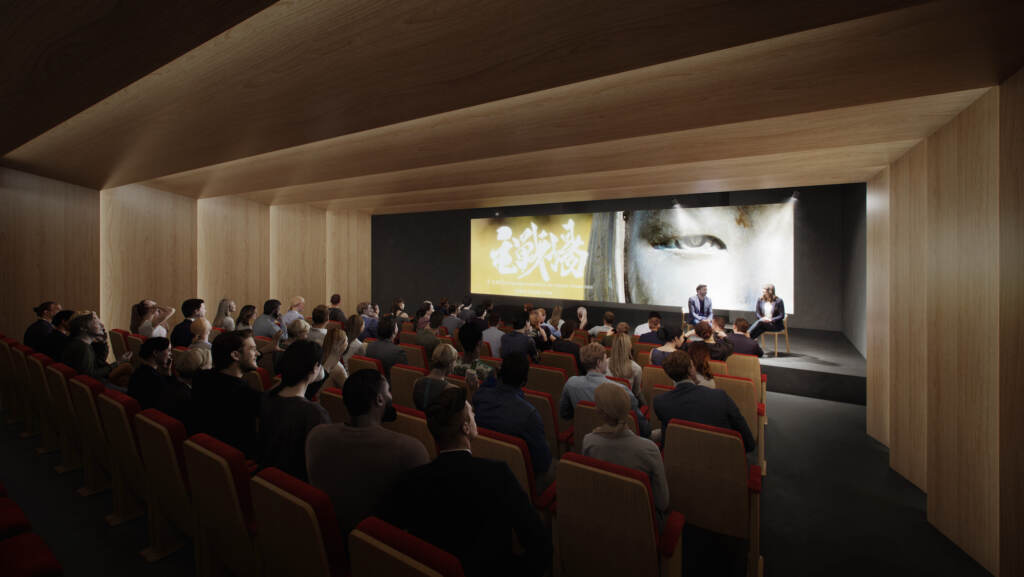
Part of the new Weitzman Theater will act as a gateway for Locust Walk, one of Penn’s main walking routes through campus, drawing pedestrians toward the Annenberg Center.
The project is still in its design phase. Architectural plans are not finalized.
Gruits said the new theater will benefit invited artists who sometimes prefer more flexible performance spaces instead of traditional proscenium stage auditoriums.
“Increasingly they want to use digital media, they want to use projection, they want flexibility in how they tell those stories,” he said. “This was part of that effort to meet artists based on the needs that they were expressing to us.”
Gruits said the new theater will also be geared to non-professional performances by Penn students.
“Around 20% of University of Pennsylvania students are involved in some way in performance on campus, primarily through extracurricular activities,” he said. “There’s just a tremendous space need on campus.”
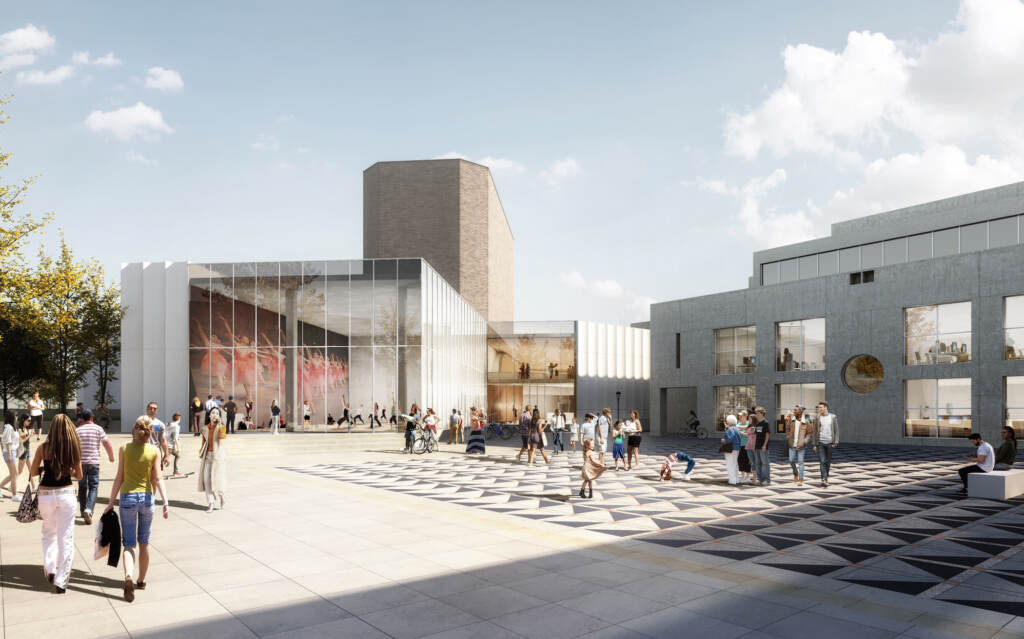
The Weitzman Theater will not be the only building in Philadelphia bearing Stuart Weitzman’s name. The New York-based philanthropist has made other significant contributions to Philadelphia: Penn’s design school is named after him, as is the National Museum of American Jewish History, in Old City.
Penn President Liz Magill said Weitzman’s gift of an undisclosed amount came at the “perfect time,” when Penn Live Arts is celebrating its 50th anniversary season.
“Naming the theater for Stuart honors his enduring commitment to Penn students, his love of the performing arts, and our shared desire to make the performing arts even more visible and widely accessible on campus and throughout the greater Philadelphia region,” Magill said.
Gruits said financial commitments from both the Penn Live board and Weitzman will allow the project architect, Paul Westlake of DLR Group and a Penn alumnus, to begin designing. With an estimated cost of $20 – $25 million, fluctuating in a turbulent inflationary economy, Gruits said he does not plan to start construction until 100% of the building costs are raised.

Get daily updates from WHYY News!
WHYY is your source for fact-based, in-depth journalism and information. As a nonprofit organization, we rely on financial support from readers like you. Please give today.






